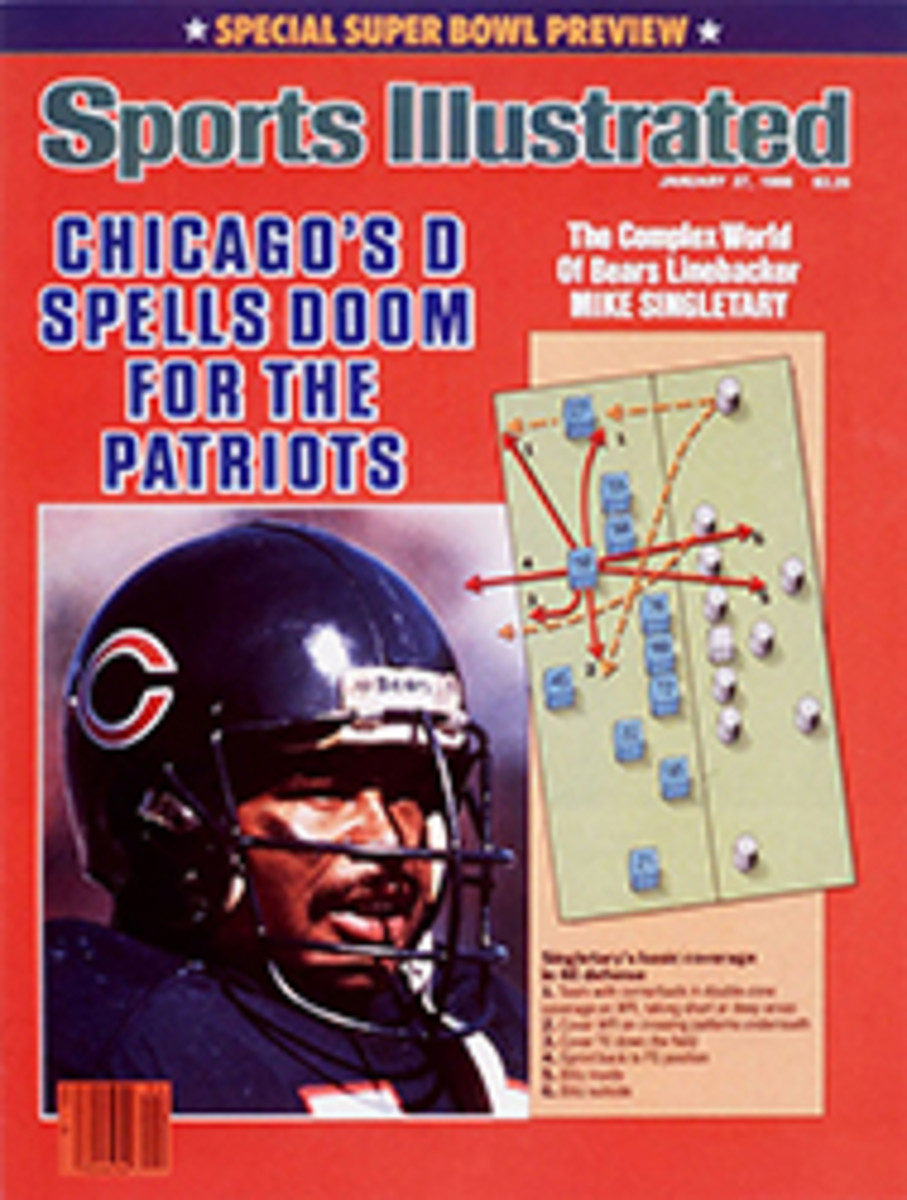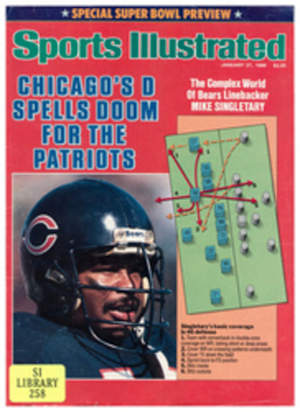
AN ENTREPRENEUR ROLLS THE CLOCK BACK TO AVOID SPINNING HIS WHEELS
Does Mel Barron make old-fashioned new bicycles? Or newfangled old bicycles? Whatever the answer, one fact is indisputable: Barron is the world's foremost manufacturer of many 19th-century-style cycles, including the high-wheel Penny Farthing.
"You've got to be pure of heart and noble to ride one," claims Barron, 52, owner of Rideable Bicycle Replicas Inc. (2447 Telegraph Avenue, Oakland, Calif. 94612). Since 1973 his company has been turning out spoked behemoths, using materials and techniques remarkably similar to those employed in the last century.
Sitting far above eye level astride a 48-inch high-wheeler, he continues, "These are for people who want to be a little bit different." With surprising agility, he maneuvers his 48-pound, $569 mount through a tight figure eight on a city street. "When you ride one of these, you're taken back to another era—a time when things were slower but a lot more pleasant."
His escape to the past has been therapeutic, although not wildly profitable. Barron got involved with Rideable Bicycle Replicas as a sales gimmick during the bike boom of the early '70s. He was distributing conventional bicycles then and used the Penny Farthings as an attention getter. When the boom went bust around 1974, Barron jettisoned everything but the "enjoyable" part of his business. These days, with a few part-time workers, he makes and sells approximately 200 high-wheelers (plus a handful of three-seat Courting Cycles with tiller-type steering) each year.
All of Barron's replica bicycles are designed to provide maximum strength while keeping the original antique look. "I'd say about 90 percent of our parts are just like the originals," says Barron proudly. "Most people don't realize that bikes built a hundred years ago had many of the same technical innovations that people brag about today. There were racing high-wheelers with aerodynamic frames. There were lightweight models that went about 20 pounds and used piano wire for spokes. People all around the world rode high-wheelers on primitive roads, and the bikes held up." Like Barron's replicas, they had flatproof tires. "These tires have no air in them," says Barron. He guarantees the solid-rubber wire-ons for "5,000 miles or the life of the rider, whichever comes first."
Why, then, were Penny Farthings phased out around the turn of the century? (The name refers to two English coins of unequal size—like the bike's wheels.) About 1880, says Barron, the invention of the roller chain made variable gearing possible. That meant a rider could increase his top speed at a given pedal rotation without the size of the drive wheel being increased. Hence, the modern low-wheel "safety bicycle," which until recently had all but ended the art of high-wheeler riding.
Were you wondering how these big bikes are mounted? "There's a little step over the rear wheel," says Barron, demonstrating. "You put one foot on it, push off with the other foot till you get up to speed and then hop up to the seat. To get off, you reverse the procedure. Once up and running, the big wheel's gyroscopic force makes it almost impossible to fall over." Looking for more safety features? Your height above ground level makes you visible in traffic. Very visible.
"People smile and wave and run alongside," says Barron, whose five or six rides a week form a major part of his advertising. Among the customers opting for such high-profile cycling have been Ringling Bros, and Barnum & Bailey Circus, the magician David Copperfield, members of Swiss and French bicycle-racing teams ("If you can pedal this thing up a hill, you've certainly got enough stamina for racing," says Barron) and the sultanate of Oman, which ordered 10 bicycles five years ago for a national sports festival. Replicas have been shipped to customers in more than 30 countries.
Barron's favorite follow-up reports, though, have come from his ordinary customers—the dentists and students and housewives who've taken the ride into yesteryear. "Do you want to be popular in your community?" one customer said. "Then all you need is one of these. Before you know it, every parade within miles is going to give you a call."
Andy Meisler is a free-lance writer who lives in Los Angeles.
PHOTO
BUDD SYMES
From small beginnings, Barron has become a big wheel of the Penny Farthing biz.

